
International Chess Federation on X
The Gukesh Nimzo: d4's Strategic Analogy to the Najdorf
Gukesh, top GMs, and engines have stumbled upon a new way to play when white denies the Nimzo. It's sharp, solid, and not particularly well explored.The Key to the Najdorf
What makes the Najdorf (1. e4 c5 2. Nf3 d6 3. d4 cxd4 4. Nxd4 Nf6 5. Nc3 a6) the Najdorf? Touted as the "Sharpest sound opening and the soundest sharp opening," the key to the Najdorf's unique tactical blend is the move that marks the beginning of the Najdorf 5...a6. The point is simple, black doesn't want to put any of their cards on the table. Instead, they play a flexible, but generally passive move. Now, not only can black react however they like to whites plan, but white has to tread carefully. If he plays too lazy, black will surly equalize. a6 allows for black to play the plan e5, one of the most complex and well studied structures in chess.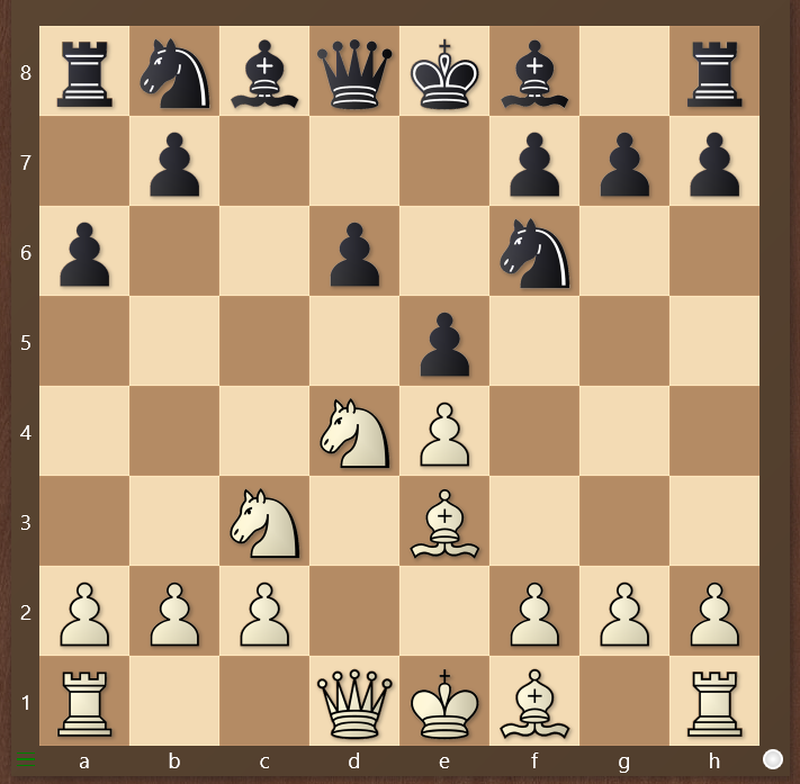
That is the true key to the Najdorf's success. This "Come and get me" attitude, where if you don't punch your opponent in the mouth, he'll get you in yours first. At the same time, blacks strategic fluidity allows him to get a good version of anything thrown at him.
Other openings create tactical complications in a similar way, ceding something to white and trying to take advantage in the complications, but none do it as well as the Najdorf. None do it in the same way as the Najdorf. That is what I thought, until these last two years and through a few Gukesh games, I have been enlightened to a new system. The Gukesh Nimzo: 1. d4 Nf6 2. c4 e6 3. Nf3 h6!
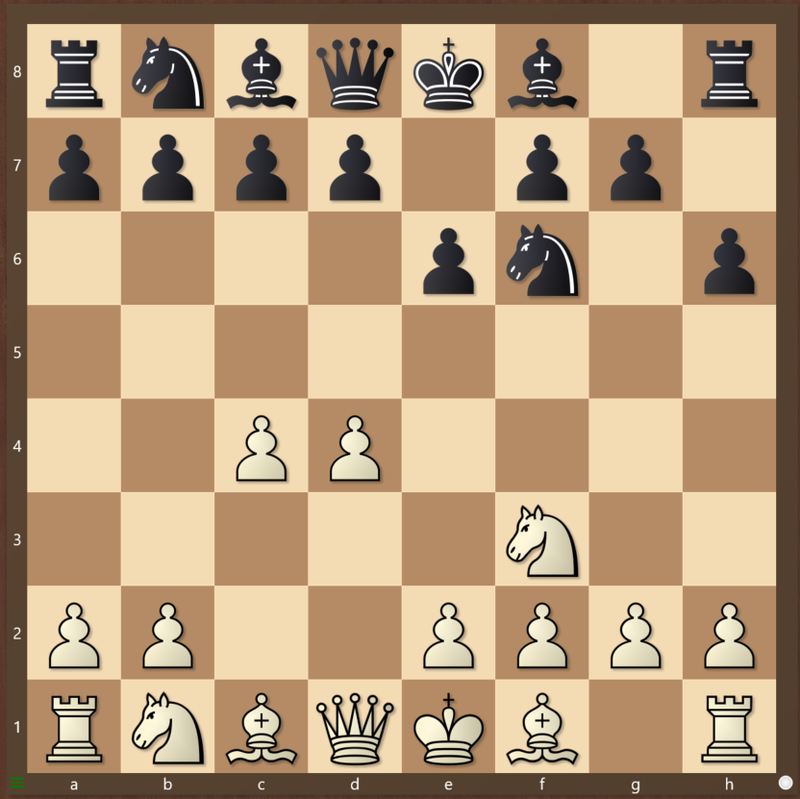
What Makes 3...h6 so Special?
This move is attempting to do the exact same thing as the Najdorf. With h6, black waits to go for any committal moves until white goes for them. Against Nc3, black goes for their ideal setup with Bb4, similar to how a6 allows black to get away with e5. Within these lines though, h6, while useful, isn't a developing move. White uses their better control of the center and development advantage to pressure black for the wasted time.
The best part? It fully equalizes
Nothing shows this off better then Abasov Gukesh 2024 from the most recent candidates. This is one of many lines that get very tactical, but are perfectly working for black.
If you put on Stockfish 17 right now, and let it get to a high depth, it'll evaluate 3...h6 as being as good as the Queen's Indian or the Bogo Indian. Seriously, you can play this as your main system and be fine.
What About the Catalan?
This is my favorite part of this system, and a large reason for its solidity. I've never seen an opening idea that works in the same way as this. One of the key ideas of 3...h6 is that when white goes into a Catalan, black will begin to go for a plan with the sole purpose of transposing to a different Catalan. On move three Black plays a move with the idea in mind for the move to not become fully useful until we transpose into a completely different opening on move ten. There's a reason no one though of this opening until 2021.
This study includes one of the main move order of a Closed Catalan. It also includes the most critical line from master play and according to the engine for the Gukesh Nimzo.
If you wanna see the final position we are trying to get to
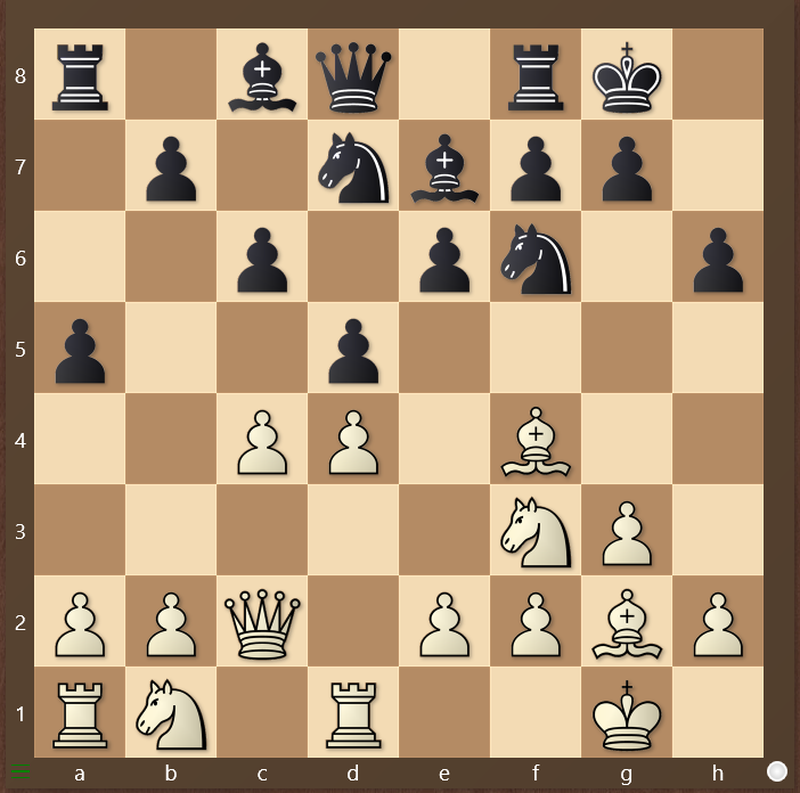
This is a hugely topical position with 200 games in my database. Some from the Gukesh Nimzo move order, some from a queens gambit declined move order!
The Gukesh Nimzo System!
I was quite specific in the games from the study to link here. That is, none of the games actually came from the Gukesh Nimzo. This is a system, One that can be easily paired with any other typical Nimzo/QGD repertoire. This point is made obviously apparent by the Closed Catalan, but h6 can be played even after 3. Nc3, meaning the Gukesh system can be its own Nimzo package. Following the Abasov game, but having white play more critically...
This allows black to turn Qc2, typically a move that leads complicated, but drawish positions, into tactical fireworks. And again, It fully equalizes
Why is this Line Named after Gukesh?
I will fully admit, Gukesh wasn't the first person to play this at a top level. He isn't even the person whose played it the most. That would be Alekseenko and Maghsoodloo, respectively. He was however, the first to play it at a top level consistently with great results. Gukesh is 2/2 in this system in classical. 4/5 in rapid and blitz against mostly 2700+. He has played it with more purpose and at a higher level then anyone else. For that, I believe he deserves for the position to be named after him.
You may also like
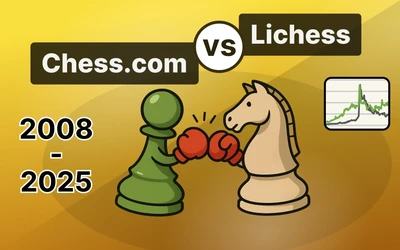 ChessMonitor_Stats
ChessMonitor_StatsWhere do Grandmasters play Chess? - Lichess vs. Chess.com
This is the first large-scale analysis of Grandmaster activity across Chess.com and Lichess from 200…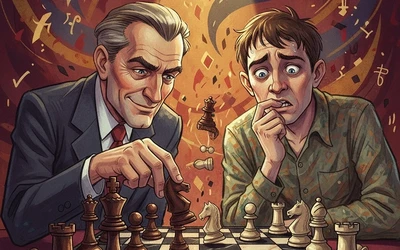 FM MattyDPerrine
FM MattyDPerrineWhy Masters Crush Lower-Rated Players (and You Struggle)
Hint: The secret isn’t a high ceiling CM HGabor
CM HGaborHow titled players lie to you
This post is a word of warning for the average club player. As the chess world is becoming increasin… FM MathiCasa
FM MathiCasa